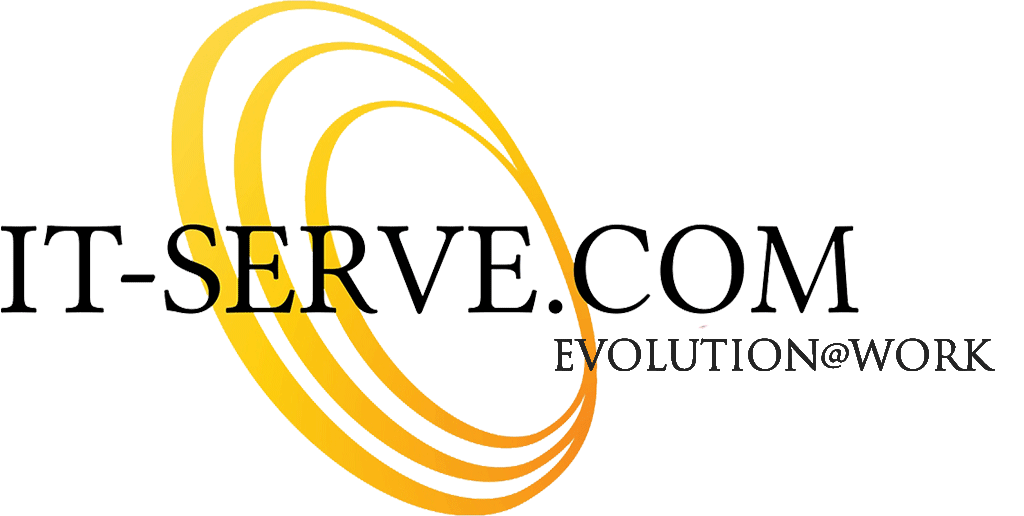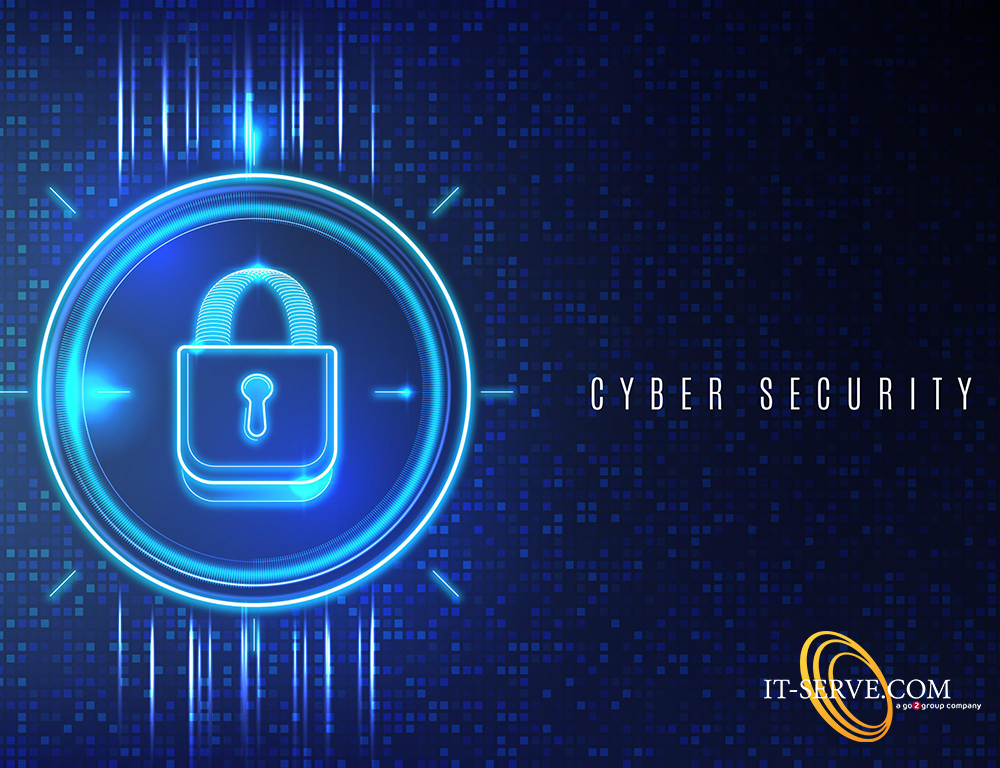
In the era of digital advancements, cybercrime poses a significant threat, and phishing remains one of the most prevalent and effective techniques used by cybercriminals. Understanding the concept of phishing, recognizing its different forms, and adopting preventive measures are crucial for businesses to protect themselves. In this blog, we will delve into the world of phishing, explore generic examples, and provide practical tips to help businesses avoid falling victim to these malicious schemes.
Email Phishing
Email phishing is perhaps the most familiar and widespread form of phishing. Cybercriminals send deceptive emails impersonating legitimate entities, such as banks, e-commerce platforms, or trusted vendors. These emails often urge recipients to take immediate action by clicking on a link or providing sensitive information, like login credentials or credit card details. Remember, legitimate organizations never ask for personal information via email. Always double-check the sender's address, scrutinize email content for inconsistencies, and avoid clicking on suspicious links or attachments.
Example: You receive an email claiming to be from your bank, stating that your account has been compromised and requesting you to click on a link to verify your information. Instead of clicking the link, contact your bank directly using their official contact information to verify the authenticity of the email.
Spear Phishing
Spear phishing takes a more targeted approach by tailoring emails to specific individuals or organizations. Cybercriminals gather information about their victims from social media platforms or other public sources, allowing them to craft highly personalized messages that appear genuine. These emails often exploit personal or professional relationships, making it easier for recipients to lower their guard and fall into the trap. Be cautious about sharing personal information online and think twice before opening attachments or clicking on links, especially if they seem unexpected or out of context.
Example: You receive an email from a colleague asking you to review an urgent document and provide your login credentials to access it. Before complying, verify the legitimacy of the request by reaching out to your colleague through a separate communication channel.

Smishing
As smartphones have become an integral part of our lives, cybercriminals have adapted their techniques to target mobile users. Smishing, a combination of "SMS" and "phishing," involves sending deceptive text messages that appear to be from a reputable source. These messages often include a sense of urgency, enticing recipients to click on links or provide personal information via text. Exercise caution when receiving unexpected texts, especially those requesting sensitive data, and avoid clicking on unfamiliar links.
Example: You receive a text message claiming that your package delivery failed and instructing you to click on a link to reschedule. Instead of clicking the link, contact the shipping company directly using their official website or customer service number to confirm the status of your package.
Vishing
Vishing, or voice phishing, exploits the trust people place in phone calls. Cybercriminals make phone calls pretending to be from reputable organizations, such as banks or government agencies, and manipulate individuals into divulging sensitive information over the phone. Remember, legitimate organizations will never ask for personal information or account details over the phone. Be sceptical of unsolicited calls and refrain from sharing sensitive information unless you initiated the call using verified contact details.
Example: You receive a phone call from someone claiming to be a supplier, stating that you have unpaid bills and asking for immediate payment over the phone. Hang up and contact your supplier directly using the contact information your company has on file to verify the legitimacy of the call.
Overall, phishing attacks continue to evolve and pose significant risks to businesses worldwide. By understanding the various forms of phishing and adopting best practices, you can safeguard your organization against these threats. Stay vigilant, educate your employees about phishing techniques, implement strong security measures, and always err on the side of caution. Remember, prevention is the key to protecting your business and maintaining a secure digital environment.



















